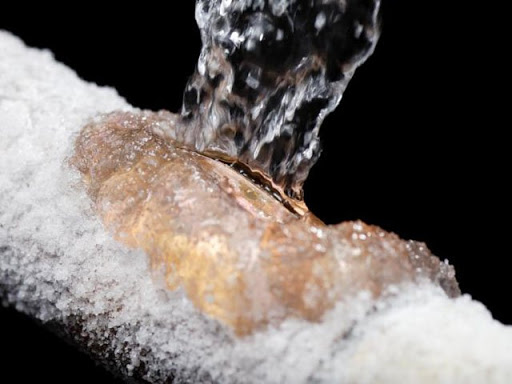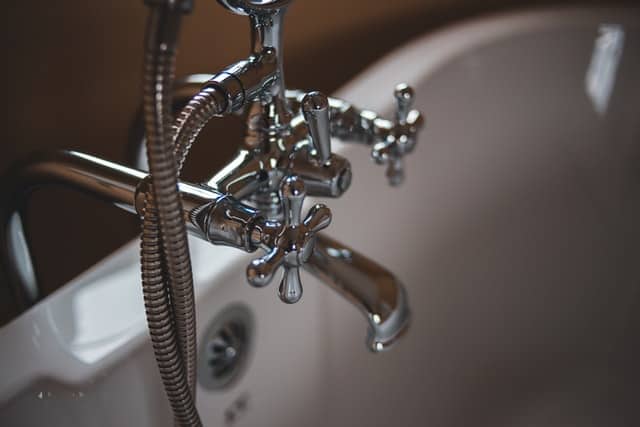Do you find yourself looking for know-how on Prevent Freezing and Bursting Pipes?

All homeowners that stay in pleasant environments have to do their ideal to winterize their pipelines. It is something you have to do throughout autumn before deep winter season really begins. Failing to do so can mean calamity like icy, split, or ruptured pipes. Here are some helpful winterizing hacks to keep your plumbing system protected even if the climate outside is terrible.
Switch on the Faucets
When the temperature level decreases as well as it appears as if the icy temperature will last, it will certainly assist to activate your water both inside and outdoors. This will keep the water streaming via your plumbing systems. On top of that, the motion will certainly decrease the cold process. Especially, there's no need to transform it on full force. You'll end up throwing away gallons of water in this manner. Rather, aim for regarding 5 decreases per min.
Open Cabinet Doors Hiding Plumbing
When it's cool outside, it would certainly be useful to open closet doors that are concealing your pipes. They might be somewhere in your kitchen or washroom. This will certainly permit the cozy air from your heating unit to distribute there. Because of this, you protect against these exposed pipelines from cold. Doing this tiny technique can maintain your pipes cozy as well as restrict the potentially dangerous end results of freezing temperatures.
Take Some Time to Cover Exposed Water Lines
One easy as well as awesome hack to heat up icy pipes is to cover them with warm towels. You can additionally use pre-soaked towels in warm water, just do not forget to put on protective handwear covers to safeguard your hands from the heat.
Try a Hair Clothes Dryer or Warmth Gun
When your pipes are virtually freezing, your reliable hair clothes dryer or heat gun is a blessing. Bowling warm air directly into them might aid if the hot towels do not aid dislodge any type of settling ice in your pipelines. However, do not make use of other things that create straight fires like an impact torch. This can cause a larger catastrophe that you can not control. You might end up damaging your pipes while attempting to thaw the ice. As well as in the long run, you might also wind up burning your house. Be cautious!
When Pipes are Frozen, shut Off Water
Shut off the main water valve quickly if you notice that your pipes are totally icy or nearly nearing that stage. You will typically find this in your basement or utility room near the heating system or the front wall closest to the street. Transform it off today to stop more damage.
With more water, even more ice will certainly load up, which will at some point lead to break pipelines. If you are uncertain regarding the state of your pipelines this winter season, it is best to call a professional plumber for an assessment.
All home owners who live in pleasant climates must do their best to winterize their pipelines. Failure to do so can spell catastrophe like icy, fractured, or burst pipes. If the warm towels do not assist remove any type of settling ice in your pipelines, bowling hot air straight into them may assist. Transform off the main water shutoff right away if you notice that your pipelines are totally frozen or virtually nearing that stage. With even more water, more ice will certainly pile up, which will ultimately lead to rupture pipes.
PREVENT YOUR PIPES FROM FREEZING THIS WINTER
A Leading Cause of Property Damage
When the weather is taking a deep nose dive into the cold dreary days, the risk of your pipes freezing and potentially bursting skyrockets. Unfortunately, during these cold dreary months, burst pipes are the most common denominator for property damage. The pipes that are most at the risk are those that are in areas where it is most cold in your home. For instance, pipes located in interior places such as basements, attics, and your garage. Unfortunately, that doesn’t mean that the pipes running through your cabinets or exterior walls can’t freeze. Good news, however, is that you can do things to help prevent pipes from freezing.
How to Prevent Pipes From Freezing
Once the temperature starts to drop during the winter, you should be taking the proper measures needed to ensure that your pipes stay warm and that there is circulation of water through them. Some steps that experts may recommend could go against your better judgement when it comes to saving water and heat. However, it would go without saying that when expenses are compared, damaged pipes could put a bigger dent in your wallet than a water bill.
What Can I Do?
Keep your garage door closed. This is very important, especially if you have water supply lines running through your garage. Open your kitchen and bathroom cabinets to allow warm air to circulate through them. Allow air circulation throughout your home. Keeping the interior doors open will once again allow the warm air to circulate inside your home. Ensure your thermostat is running the same temperature throughout the night and day. If you plan to be away from home during the cold months, set your temperature no lower than 55° F. This should provide enough heat to keep the pipes warm and prevent any remaining water inside the pipes from freezing. For more of a long-term solution, add insulation to attics, basement, and other crawl spaces around your home. By allowing your faucet to drip, it will alleviate pressure in the system. This is important because the pressure that is created between the blockage and the faucet can potentially cause the pipes to burst. Allowing the faucet to drip will prevent the pressure from building up, therefore keeping the pipes from bursting. Seal any cracks, openings, and crawl spaces around your home to prevent cold air from coming inside. This keeps your pipes-not to mention your home-warmer and less susceptible to issues caused by freezing temperatures. For the pipes in your home that are easily accessible, applying electrical tape to them might prevent them from freezing over. This is a quick fix, as you can apply the tape directly to the pipe. There are two options for heating tapes. One turns on and off by itself when it senses heat is needed. The other type of heating tape needs to be applied when heat is needed and removed when not necessary. If you have exposed pipes in your home, you can check this website to take a look at a few options that would be available at a shop near you.

Hopefully you enjoyed reading our piece on How to stop pipes from freezing during the winter. Thanks so much for taking the time to browse our blog. Loved our piece of writing? Please share it. Let another person discover it. Many thanks for taking the time to read it.
Get Your Estimate Now